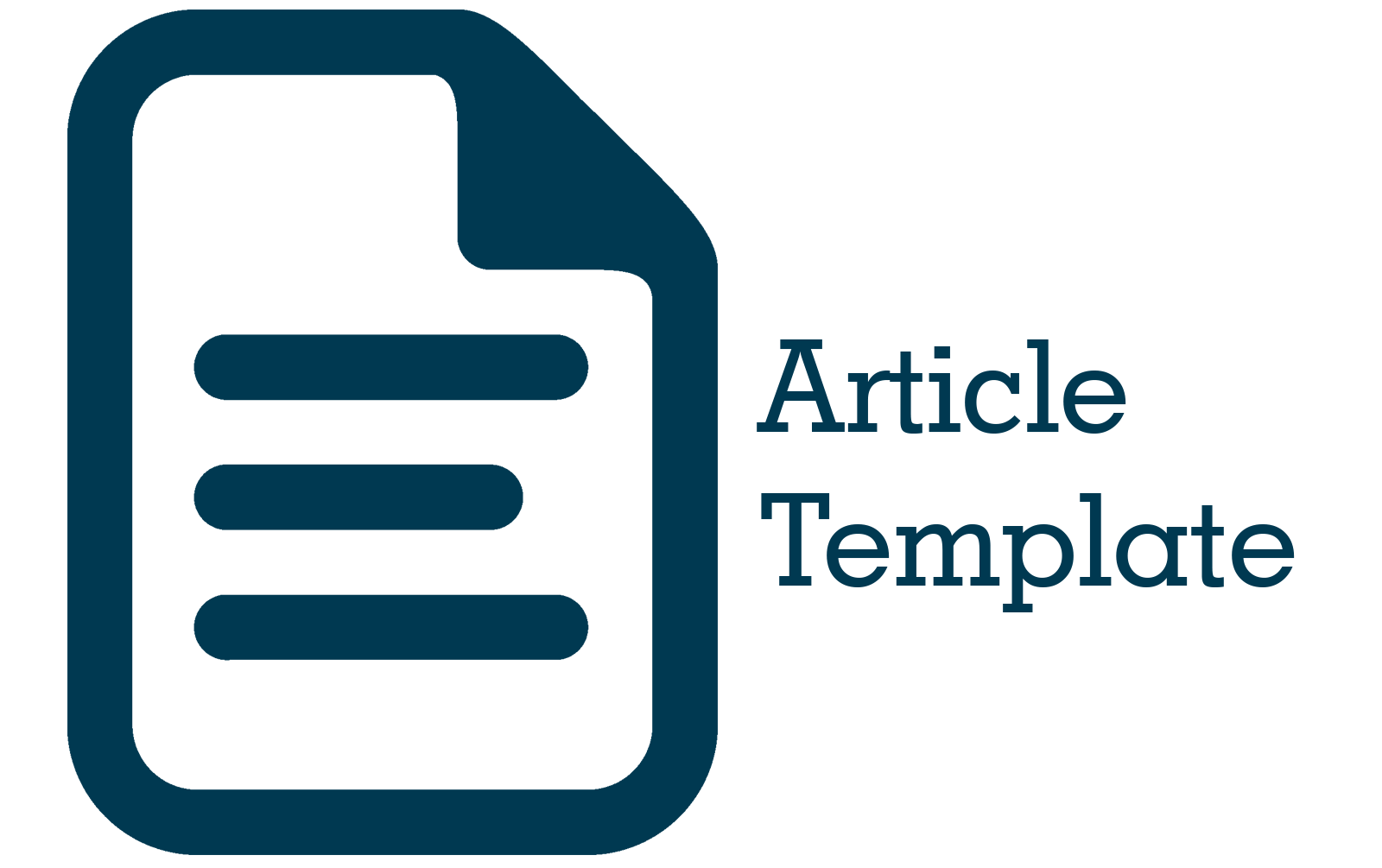Hubungan Work Engagement terhadap Turnover Intention pada Karyawan PT. X
Abstract
Abstract. This study aims to determine the relationship of work engagement to turnover intention in PT X employees. The method used in this research is quantitative method and data analysis using Pearson's Product Moment Correlation to see the relationship between two variables. The population of this study is PT X employees totalling 1932 employees with a research sample of 332 determined by simple random sampling technique. The work engagement measurement tool uses the Ultrech Work Engagement Scale (UWES) developed and translated by Schaufeli (2004) and adapted by Aditya (2022). Meanwhile, the turnover intention measurement tool used is a three-item turnover intention questionnaire developed by Mobley et al. (1978) which has been adapted by Abid & Butt (2017) and translated by Farhan Farisan (2022) [17]. The results of this study indicate that work engagement and turnover intention have a negative relationship with a correlation coefficient value of -0.543 or with a percentage of 54.3%. This means that the high work engagement of PT X employees can reduce the turnover intention of PT X employees. The results also show that the level of work engagement in PT X employees is classified in the high category (61.7%) and turnover intention is in the low category (53.6%). Meanwhile, the aspect of work engagement that has the strongest negative relationship with turnover intention is absorption (50.6%).
Abstrak. Penelitian ini bertujuan untuk mengetahui hubungan work engagement terhadap turnover intention pada karyawan PT. X. Metode yang digunakan dalam penelitian ini yaitu metode kuantitatif dan analisis data menggunakan Product Moment Correlation Pearson untuk melihat hubungan dua variable. Populasi penelitian ini yaitu karyawan kantor pusat PT. X yang berjumlah 1932 karyawan dengan sampel penelitian sebanyak 332 ditentukan dengan teknik simple random sampling. Alat ukur work engagement menggunakan Ultrech Work Engagement Scale (UWES) yang dikembangkan dan diterjemahkan oleh Schaufeli (2004) dan diadaptasi oleh Aditya (2022). Sementara itu, alat ukur turnover intention yang digunakan merupakan three-item turnover intent questionnaire yang dikembangkan oleh Mobley et al. (1978) yang telah diadaptasi oleh Abid & Butt (2017) dan diterjemahkan oleh Farhan Farisan (2022) [17]. Hasil penelitian ini menunjukan bahwa work engagement dan turnover intention memiliki hubungan yang negatif dengan nilai koefisien korelasi sebesar -0.543 atau dengan presentase sebesar 54,3%. Artinya tingginya work engagement yang dimiliki karyawan PT. X dapat menurunkan turnover intention karyawan PT. X. Hasil penelitian juga menunjukkan bahwa tingkat work engagement pada karyawan PT. X tergolong dalam kategori tinggi (61,7%) dan turnover intention berada pada kategori rendah (53,6%). Sementara itu, aspek dari work engagement yang memiliki hubungan negatif paling kuat terhadap turnover intention adalah absorption (50,6%).
References
Susiawan, S., & Muhid, A. (2015). Transformational Leadership, Job Satisfaction and Organizational Commitment. Indonesian Journal of Psychology, 3(4), 307.
Boss, J. (2018). Employee Turnover Is The Highest It’s Been In 10 Years. Here’s What To Do About It.
Badan Pusat Statistik. (2021). Statistik Mobilitas Penduduk Dan Tenaga Kerja 2021.
Annual report BUMN PT.KAI. (2021). Semangat bangkit untuk melayani lebih cepat dan lebih baik (The spirit of rising to serve faster and better). BUMN untuk Indonesia KAI
Chiat, L.C., & Panatik, S.A. (2019). Perceptions of employee turnover intention by Herzberg’s motivation-hygiene theory: a systematic literature review. Journal of research in psychology 1 (2), 10-15. https://doi.org/10.31580/jrp.v1i2.949
Hermawan, I. P. D., Hartika, L. D., & Simarmata, N. (2018). Hubungan work engagement dengan turnover intention: Studi pada karyawan PT. X. Jurnal Psikologi Mandala, 1(2). https://doi.org/10.36002/jpm.v1i2.586
Mobley, W. H. (1986). Pergantian karyawan: sebab-akibat dan pengendaliannya. Pustaka Binaman Pressindo.
Laksono, B. F. W., & Wardoyo, P. (2019). Pengaruh Work Life Balance, Kepuasan Kerja dan Work Engagement Terhadap Turnover Intentions Dengan Mentoring Sebagai Variabel Moderating Pada Karyawan Hotel DAFAM Semarang. Jurnal Riset Ekonomi Dan Bisnis, 12(1), 17-36. http://dx.doi.org/10.26623/jreb.v12i1.1525
Mobley, W. H. (2011). Pergantian karyawan: Sebab akibat dan pengendaliannya (Terjemahan). Jakarta: PT. Pustaka Binaman Pressindo.
Schaufeli, W. B., Bakker, A. B. (2004). Job Demands And Job Resources And Their Relationship With Burnout and Engagement: A Multi Sample Study. Jurnal of Organizational Behavior.Wiley InterScience. 293-315.
Schaufeli, W, B., & Salanova, M. (2008). A Crossnational Study of Work Engagement as A Mediator between Job Resources and Proactive Behaviour. The International Journal of Huan Resource Management (19), 116- 131.
Belinda, Della, Lisa Adziani, Fendy Suhariadi, and Rini Sugiarti. "Work Engagement pada Petugas Layanan Work Engagement on Service Officer." Philanthropy: Journal of Psychology 5, no. 2 (2021): 329-346.
Cahyana, K.S. & Prahara, S.A. (2020). Work Engagement dengan intentsi turnover pada karyawan. Jurnal Psikologi Ilmiah. Intuisi 12 (3) 285-294. https://doi.org/10.15294/intuisi.v12i3.24073
Wicaksono, R. S. (2020). Work engagement sebagai prediktor turnover intention pada karyawan generasi millennial di pt tri-wall indonesia. Acta Psychologia, 2(1), 55-62. https://doi.org/10.21831/ap.v1i1.34119
Hamzah, M., Tamam, B., Atiqullah, A., & Surahman, F. (2022). The Role of Performance Appraisal Satisfaction on Work Engagement and its Impact on Turnover Intention: Empirical Study at Pamekasan Regency, Indonesia. International Journal of Multicultural and Multireligious Understanding, 9(6), 236-243. http://dx.doi.org/10.18415/ijmmu.v9i6.3870
Putra, A. P. S. (2022). Pengaruh Psychological Capital terhadap Work Engagement.
Farisan, Muhammad Farhan, and Ali Mubarak. "Studi Kontribusi Workplace Spirituality terhadap Turnover Intention pada Karyawan JNE Kota Bandung." Bandung Conference Series: Psychology Science. Vol. 2. No. 2. 2022.
Rachmatan, R., & Kubatini, S. (2018). Hubungan antara keterikatan kerja dengan intensi keluar kerja pada karyawan swalayan di Banda Aceh. Jurnal Psiko-genesis, 6(1), 1-10. https://doi.org/10.24854/jps.v6i1.628
Memon, M. A., Salleh, R., & Baharom, M. N. R. (2016). The link between training satisfaction, work engagement and turnover intention. European Journal of Training and Development, 40(6), 407-429. https://doi.org/10.1108/EJTD-10-2015-0077
Muchtadin, M. (2022). Hubungan antara Work Engagement dengan Turnover Intention pada Pekerja Generasi Milenial di Jabodetabek. Jurnal Psikologi Teori dan Terapan, Vol. 13, No.3,377-391. https://doi.org/10.26740/jptt.v13n3.p377-391
Ghandi, P., Hejazi, E., & Ghandi, N. (2017). A study on the relationship between resilience and turnover intention: with an emphasis on the mediating roles of job satisfaction and job stress. Bull. Soc. R. Sci. Liege, 86, 189-200.











